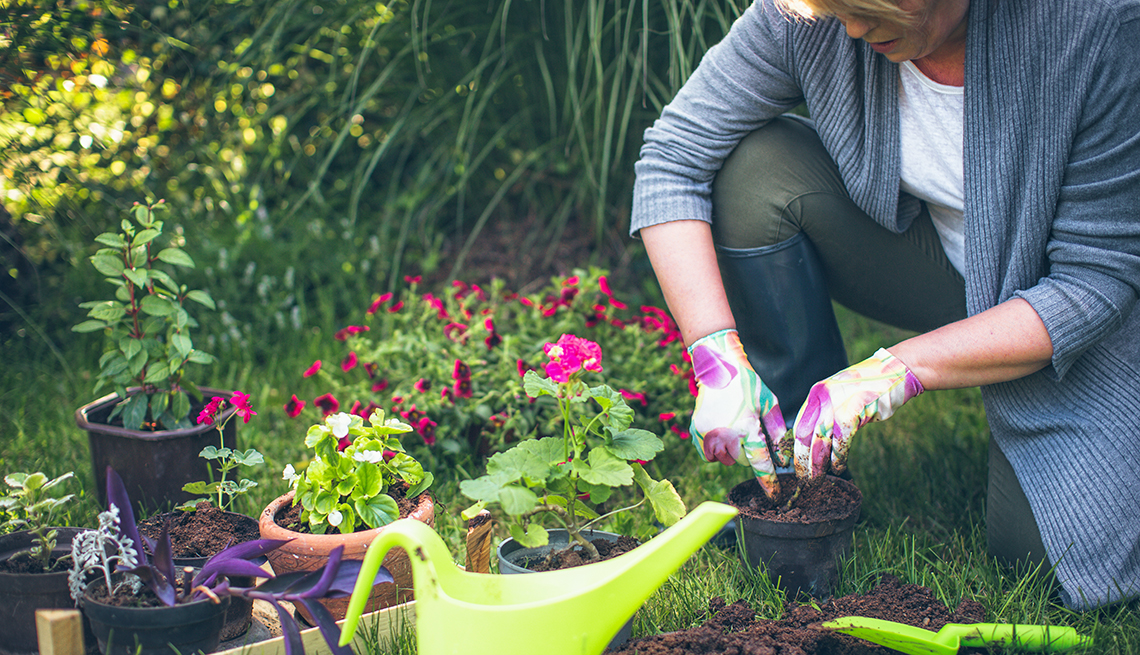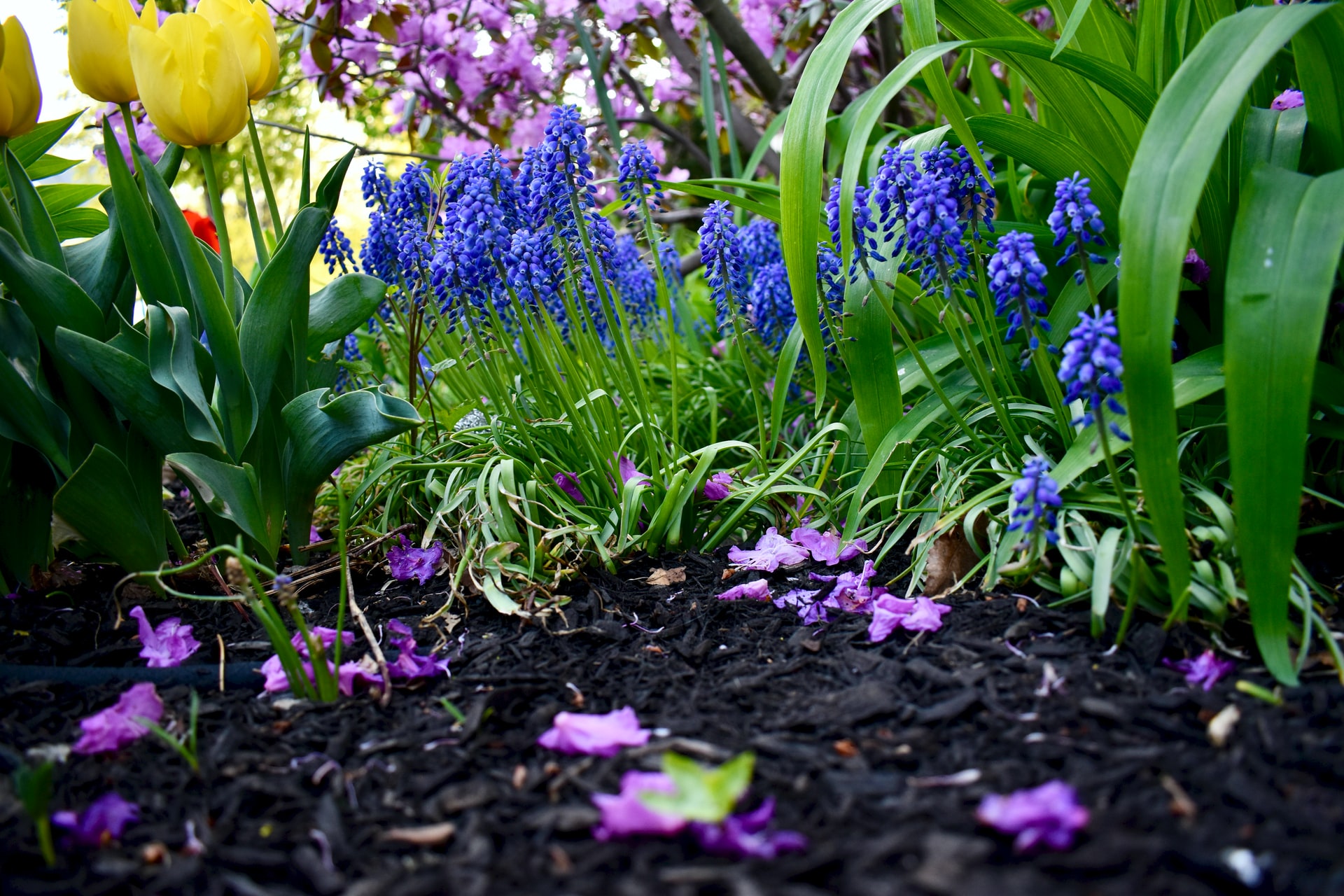If we say “kale”, can you tell us what it is? If you don’t know this superfood yet, the “Grail” of celebrities thanks to its multiple properties and low calories, read on! Just in case you do, you will be glad as today we’re going to tell you all the secrets of how to grow it easily from seeds and how to add it to your diet.
What is Kale?
Kale is a plant of the cruciferous family, like cabbage and broccoli, known for its very curly green leaves, which usually reach 30 to 40 centimeters high. Originally from Asia Minor, this vegetable has always been widely consumed in Central Europe, although in recent years it has gained popularity and become a gastro trend.
It is also a simple and productive crop that, if you grow it yourself, will allow you to harvest kale at its best, when the leaves are less fibrous and have a milder flavor.
Growing Kale from Seed
Kale is sown in the seedbed or directly on the ground from April to June and August to September. It is a crop that prefers temperate and cold climates, as it tolerates frost well, but less heat and drought. You must place it in a partially shaded area and maintain the humidity of the substratum or the soil.
As always, we recommend sowing it from the seeds, the best way to follow closely the whole growth process, from germination to harvest. The seeds must be buried at a maximum depth of 1 centimeter, either in nursery or by direct sowing, in which case it is necessary to leave a distance of 70 centimeters between the lines and 40 between the plants. On the other hand, if you cultivate it in a pot, this one must have a capacity of 25 liters of substrate.
Kale, like other cabbages, is very demanding in terms of nitrogen. For this reason, you will need a continuous contribution of organic matter, every month or two at the most, starting 3 months after sowing or 4 months after transplanting.
Germination of the seeds will take place after 5-6 days. You will be able to harvest the first leaves about 4 months after sowing. You will know that you can start harvesting its leaves when the plant starts to create the fifth pair of true leaves or when it reaches about 20 centimeters in height. Only the outer leaves should be harvested, leaving the growing point intact. In this way, it is encouraged to grow and create new leaves that will be harvested over time.
And remember that if you harvest kale leaves in winter, after the first frost, the leaves will become sweeter, perfect for eating raw in a salad.
Benefits of Kale
In case you are not yet convinced of the reason for its success and its designation as a super food, we will see its main benefits. You’ll never doubt the power of kale again!
– It is the best ally to lose weight because it is a very low-calorie food that is also full of nutrients and chlorophyll, which helps eliminate toxins.
– It has a high proportion of water in its composition, which makes it a very diuretic food. In addition, it also helps to improve intestinal transit thanks to its high fiber content.
– Calcium, iron, magnesium, potassium, zinc, vitamins C, E, A and K … kale contains more calcium than milk, more iron than meat, more vitamin C than spinach and oranges and more folic acid than milk and eggs.
– It is a more versatile food than it may seem at first glance. We can prepare your leaves in salads (the best way to get the most out of its nutrients), steamed or boiled, baked, sautéed, stewed or in juice.
So? Ready to sow your kale seeds? Don’t forget to come back to leave a comment to tell us how the cultivation is going! Until then, happy gardening!



